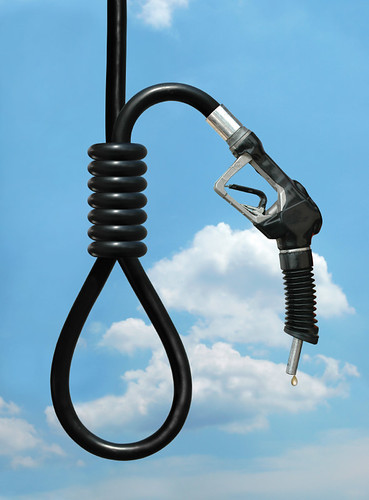(Source: AP via WTOP.com)
NEW YORK (AP) – Jaguar and Buick surged to the top of J.D. Power and Associates’ closely watched vehicle dependability study this year, tying for the No. 1 spot and dethroning Lexus for the first time since the Japanese luxury brand has been a part of the survey.
Lexus, Toyota Motor Corp.’s luxury brand, took the next spot in the study released Thursday, followed by Toyota’s namesake brand, then Mercury, Infiniti and Acura.
“Buick and Jaguar both lead the industry in nameplate performance,” said Neal Oddes, director of product research and analysis at J.D. Power. “In terms of individual model performance, Lexus and Toyota still do very, very well.”
The annual study measures problems experienced by the original owners of vehicles after three years. Suzuki owners reported the most problems among the 37 brands assessed by J.D. Power.
Despite losing its crown to Jaguar and Buick, Lexus still swept top awards in four segments, while Toyota’s namesake brand took five awards. General Motors Corp.’s Buick LaCrosse was J.D. Power’s top midsize car, while Ford Motor Co.’s Lincoln brand took two awards. Chrysler LLC, which took no segment awards last year, won top honors for its Dodge Caravan in the van segment.
Jaguar jumped from the No. 10 spot in 2008, while Buick leapt from the No. 6 spot. The movement is notable for a study that is fairly consistent from year to year, and the results marked the first time Lexus was not either first or tied for first since it was first included in the study in 1995. Oddes said both Jaguar and Buick have made significant improvements recently.
“We see improvements all over the board with Jaguar,” Oddes said, citing fewer reported problems with vehicle exterior, sound system and the overall driving experience. “The improvement at a nameplate level is significant.”

Click here to read the entire article.











